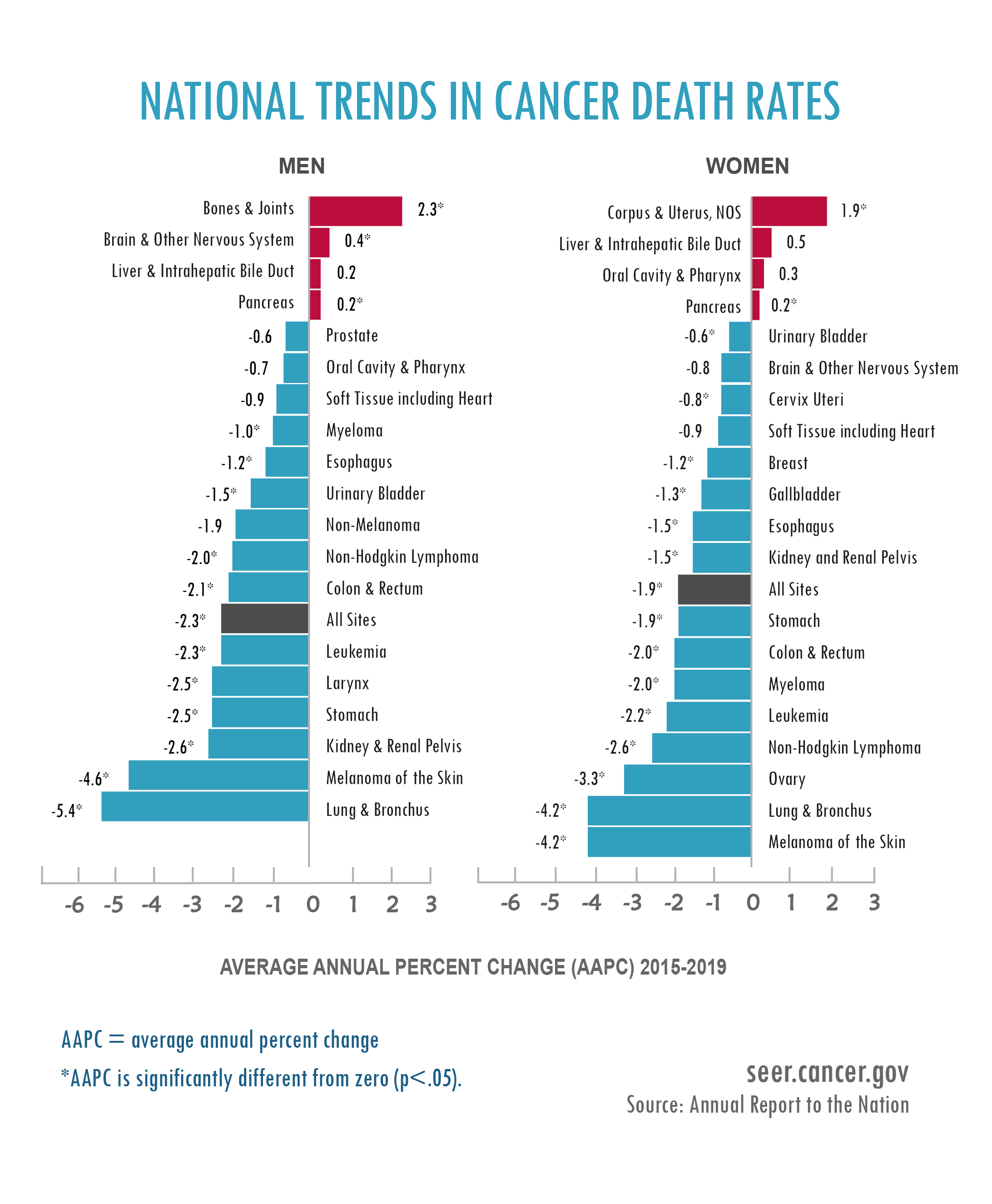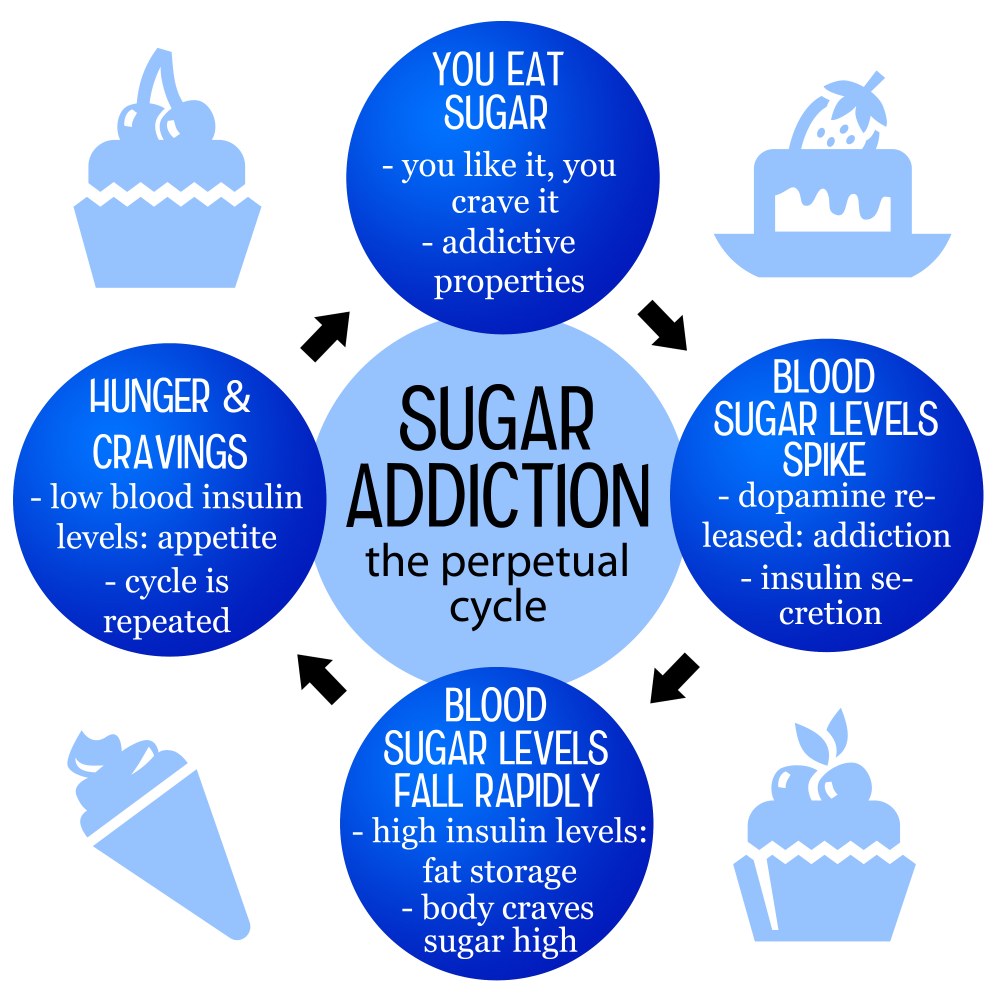AI pediatric cancer prediction is revolutionizing the way healthcare professionals assess the risk of recurrence in young patients with brain tumors, particularly gliomas. Recent studies have shown that advanced artificial intelligence tools can analyze multiple brain scans over time with unprecedented accuracy, drastically improving the chances of predicting pediatric cancer recurrence compared to traditional imaging methods. This innovative approach harnesses the power of AI in healthcare, allowing for more effective glioma risk assessment and enhancing brain tumor prediction protocols. By leveraging AI medical imaging technologies, clinicians can identify patients who may benefit from more targeted therapies, ultimately leading to better outcomes for children battling cancer. As researchers continue to explore the capabilities of AI, the potential for enhanced diagnostic tools in pediatric oncology becomes increasingly promising.
The use of artificial intelligence in predicting childhood tumors is paving the way for significant advancements in cancer care. Known for its remarkable prowess in processing data, AI is being utilized to assess the likelihood of cancer recurrence among young patients suffering from brain tumors, specifically gliomas. By employing sophisticated machine learning algorithms, healthcare providers can conduct a more comprehensive evaluation of patients through serial imaging, leading to informed decisions regarding treatment plans. These progressive techniques promise not only to enhance the accuracy of predicting relapses but also to improve overall patient management in the ever-evolving field of pediatric oncology. With ongoing research illuminating the role of AI in medical diagnostics, the future of cancer prediction for children looks increasingly hopeful.
Revolutionizing Pediatric Cancer Detection with AI
In recent years, artificial intelligence (AI) has made significant strides in various fields, including healthcare. A prominent area of application is in the prediction of pediatric cancer recurrence. Researchers have developed advanced AI tools capable of analyzing longitudinal brain scans to forecast relapse risks in children suffering from conditions like gliomas. Unlike traditional methods that rely on single instances of imaging, this AI-driven approach capitalizes on temporal learning, significantly enhancing the accuracy of predictions and providing vital information for proactive patient management.
The implications of AI in healthcare go beyond merely predicting outcomes; they signal a transformative shift in how practitioners approach pediatric oncology. By utilizing AI technologies, especially in medical imaging, physicians can identify subtle changes in tumor progression that may indicate a high risk of recurrence. This advancement may change the landscape of pediatric cancer treatment by allowing for personalized follow-up plans and tailored therapeutic interventions, ultimately aiming to improve the quality of life for children battling cancer.
Understanding the Importance of Glioma Risk Assessment
Pediatric gliomas, while often treatable through surgical intervention, pose considerable risks of recurrence that can have a devastating impact on young patients and their families. Precise risk assessment is paramount for ensuring timely and adequate care. The study referenced reflects how AI tools, specifically designed for glioma risk assessment, can surpass traditional imaging analysis methods by leveraging the power of cumulative data from multiple MR scans. The findings underscore the need for tailored follow-up strategies that integrate AI predictions into clinical practice.
The traditional approach to assessing glioma recurrence typically involves frequent magnetic resonance imaging (MRI) scans. This ongoing process can be burdensome for both patients and families, creating unnecessary anxiety. However, the integration of AI not only streamlines this process but also enhances its effectiveness, allowing healthcare providers to identify low-risk patients who may not require continuous monitoring. By understanding glioma risk assessment with AI, medical professionals can provide a more informed and thoughtful approach to pediatric oncology.
AI in Healthcare: A New Frontier for Pediatric Oncology
The integration of artificial intelligence in healthcare represents a monumental shift, particularly within the realm of pediatric oncology. AI tools are reshaping the landscape of cancer treatment by promoting early detection and enhancing predictive accuracy. In the context of pediatric cancer, AI’s capacity to analyze complex data—such as the temporal sequences of brain scans—allows for more accurate detection of potential relapse in patients. This transition to data-driven methodologies not only improves patient outcomes but also alleviates the emotional toll on patients and their families.
AI in healthcare is not merely a technological advancement; it reflects a commitment to precision medicine, where individual patient data informs treatment decisions. As demonstrated in the Harvard study focused on gliomas, employing AI-based analytics leads to a deeper understanding of the unique trajectory of each patient’s cancer journey. With ongoing improvements and validations, we can expect AI to increasingly support healthcare professionals in making informed decisions that directly impact the treatment pathways for young cancer patients.
Innovations in Brain Tumor Prediction Techniques
The prediction of brain tumors, particularly in pediatric patients, is undergoing a technological revolution. Researchers are now employing sophisticated AI models that analyze brain scans over time, significantly improving prediction accuracy for conditions such as gliomas. These innovations leverage extensive datasets, including thousands of MRI scans, and utilize machine learning algorithms to identify patterns that human analysts might overlook. This advanced technique promises to enhance medical professionals’ ability to foresee tumor recurrence and adjust treatment plans accordingly.
The ability to predict brain tumor behavior accurately can transform the way healthcare providers manage pediatric patients. As the AI model continues to learn from diverse datasets, including changes captured over time and across different patient demographics, it becomes increasingly adept at discerning the nuances of tumor development. This progress not only paves the way for personalized treatments but also optimizes resource utilization in healthcare settings, ensuring that low-risk patients are spared the anxiety and costs associated with unnecessary imaging.
Temporal Learning: A Breakthrough in Medical Imaging AI
Temporal learning represents a groundbreaking approach in the field of AI medical imaging, particularly relevant for complex conditions such as pediatric cancer. Unlike traditional models that analyze static images, temporal learning focuses on sequences of images captured over time. This method allows AI to recognize subtle yet significant changes in a patient’s condition, thereby enhancing the predictive power of models designed to assess the risk of cancer recurrence in pediatric patients. As demonstrated in recent studies, this innovative approach significantly outperforms previous strategies by a considerable margin.
The benefits of temporal learning extend beyond improved accuracy; it also aligns closely with the needs of pediatric patients who often endure multiple imaging sessions. By accurately identifying patients at higher risk of recurrence, healthcare providers can tailor follow-up schedules and treatment protocols more effectively. This not only enhances patient care but also reduces the psychological and physical burden associated with frequent imaging, making healthcare delivery more efficient and compassionate.
The Future of AI Medical Imaging in Pediatric Oncology
As AI continues to evolve, its role in medical imaging, particularly in pediatric oncology, is poised for exponential growth. Advances in algorithms and computational power will enable clinicians to rely on increasingly sophisticated models for predicting patient outcomes based on historic and real-time imaging data. The ongoing research in AI-driven methods supports the notion that future pediatric cancer care will be heavily informed by predictive analytics, ensuring tailored management for patients suffering from conditions such as gliomas.
The integration of AI medical imaging techniques into clinical practice is not just about increasing accuracy; it reflects a broader trend towards digital transformation in healthcare. Clinicians now have unprecedented tools at their disposal to enhance patient care and optimize treatment protocols. As clinical trials progress and more data validate these approaches, the future promises a new layer of nuance in pediatric oncology, ultimately leading to better outcomes and improved quality of life for young patients battling cancer.
Collaboration Across Institutions for Enhanced AI Applications
The successful application of AI in predicting pediatric cancer recurrence is largely a result of collaborative efforts across various healthcare institutions. The study conducted by researchers from Mass General Brigham, Boston Children’s Hospital, and Dana-Farber highlights how synergistic partnerships can amplify the scope and impact of research. By pooling resources and data, these institutions have created a robust dataset, allowing for more comprehensive insights into the complexities of pediatric cancer prediction.
Collaboration is essential for leveraging AI in healthcare, particularly when dealing with rare conditions like pediatric gliomas. Sharing insights and methodologies across institutions enhances the collective knowledge in the field and accelerates the development of effective treatment options. This interconnected approach not only enriches the research environment but also fosters innovation, ultimately benefiting patients through improved care strategies derived from cutting-edge AI technology.
Implications of AI Predictions for Pediatric Cancer Care
The implications of AI predictions for pediatric cancer care extend beyond immediate clinical outcomes; they influence the overall approach to treatment and follow-up strategies. With the ability to accurately assess the relapse risk, healthcare providers can prioritize interventions based on a child’s specific risk profile. This move towards personalized medicine allows for resource allocation that aligns with actual patient needs, potentially reducing the number of unnecessary procedures and imaging.
Furthermore, AI predictions cultivate a more proactive healthcare environment where patients and families are actively engaged in managing their treatment pathways. By understanding their unique recurrence risks, families can better navigate the complexities of pediatric cancer care and make informed decisions regarding follow-up and lifestyle adjustments. This shift towards transparency and personalized care could significantly enhance the pediatric experience, leading to improved overall well-being for young cancer survivors.
Frequently Asked Questions
How does AI in pediatric cancer prediction enhance early warning for pediatric cancer recurrence?
AI in pediatric cancer prediction significantly enhances early warning for pediatric cancer recurrence by analyzing multiple brain scans over time. Unlike traditional methods, which often rely on individual images and can be less accurate, AI tools utilize temporal learning to recognize subtle changes in brain scans post-surgery. This advanced approach allows for more precise predictions of relapse risk in children diagnosed with gliomas, thus improving patient care and reducing unnecessary stress.
What role does AI medical imaging play in predicting the risk of pediatric brain tumors?
AI medical imaging plays a crucial role in predicting the risk of pediatric brain tumors by enabling the analysis of a series of scans over time, rather than relying solely on single images. This allows for a better understanding of how a child’s glioma may progress and helps healthcare providers identify patients who are at the highest risk of recurrence, ultimately leading to more tailored treatment plans.
Can AI tools improve glioma risk assessment in pediatric patients?
Yes, AI tools can significantly improve glioma risk assessment in pediatric patients by leveraging a method known as temporal learning. This process trains AI models to look at sequences of images, enabling them to detect patterns and changes that traditional methods might miss. As a result, AI can predict the likelihood of a child’s glioma recurring with an accuracy much higher than the outdated single-image technique.
What advancements have been made in brain tumor prediction through AI technologies?
Recent advancements in brain tumor prediction through AI technologies include the development of models that utilize temporal learning to analyze multiple brain MRI scans taken over time. This innovative approach has shown to improve the accuracy of predicting pediatric cancer recurrence significantly, with studies reporting accuracy rates of 75-89%, dramatically surpassing the less than 50% accuracy of conventional methods.
How does AI impact the management of pediatric cancer patients with glioma?
AI impacts the management of pediatric cancer patients with glioma by providing healthcare providers with predictive tools that identify the risk of recurrence more accurately. This allows for better decision-making regarding follow-up imaging frequency and potential preemptive therapies for patients at higher risk, streamlining treatment strategies, and reducing the emotional and physical burden on both children and their families.
| Key Points | Details |
|---|---|
| AI Tool Efficiency | An AI tool outperforms traditional methods in predicting pediatric cancer relapse. |
| Study Background | Conducted by Mass General Brigham and collaborators from other institutions. |
| Patient Data | Involved nearly 4,000 MR scans from 715 pediatric patients. |
| Temporal Learning Technique | Trains AI using multiple scans over time rather than single scans. |
| Prediction Accuracy | Predicted recurrence with 75-89% accuracy; single scans had 50% accuracy. |
| Future Applications | Potential for clinical trials to improve pediatric cancer care. |
Summary
AI pediatric cancer prediction is revolutionizing the approach to monitoring relapses in pediatric gliomas, significantly improving prediction accuracy. With advancements in AI technology, especially through the use of temporal learning, researchers have demonstrated a marked enhancement in identifying recurrence risks for young patients. This breakthrough is vital in reducing the burden of extensive imaging processes, allowing doctors to focus on those at the highest risk and potentially improving treatment outcomes overall.


